Omnichannel marketing is about creating a seamless experience for customers across all touchpoints. Whether it’s in-store, online, or via mobile, consumers expect a cohesive journey. According to a Harvard Business Review study, 73% of shoppers use multiple channels during their purchase journey, making these strategies essential for success.
Why Omnichannel Marketing Matters
Consumers today have more choices than ever, and they expect personalized, consistent experiences. Omnichannel marketing helps:
- Increase customer retention
- Boost brand loyalty
- Improve overall customer satisfaction
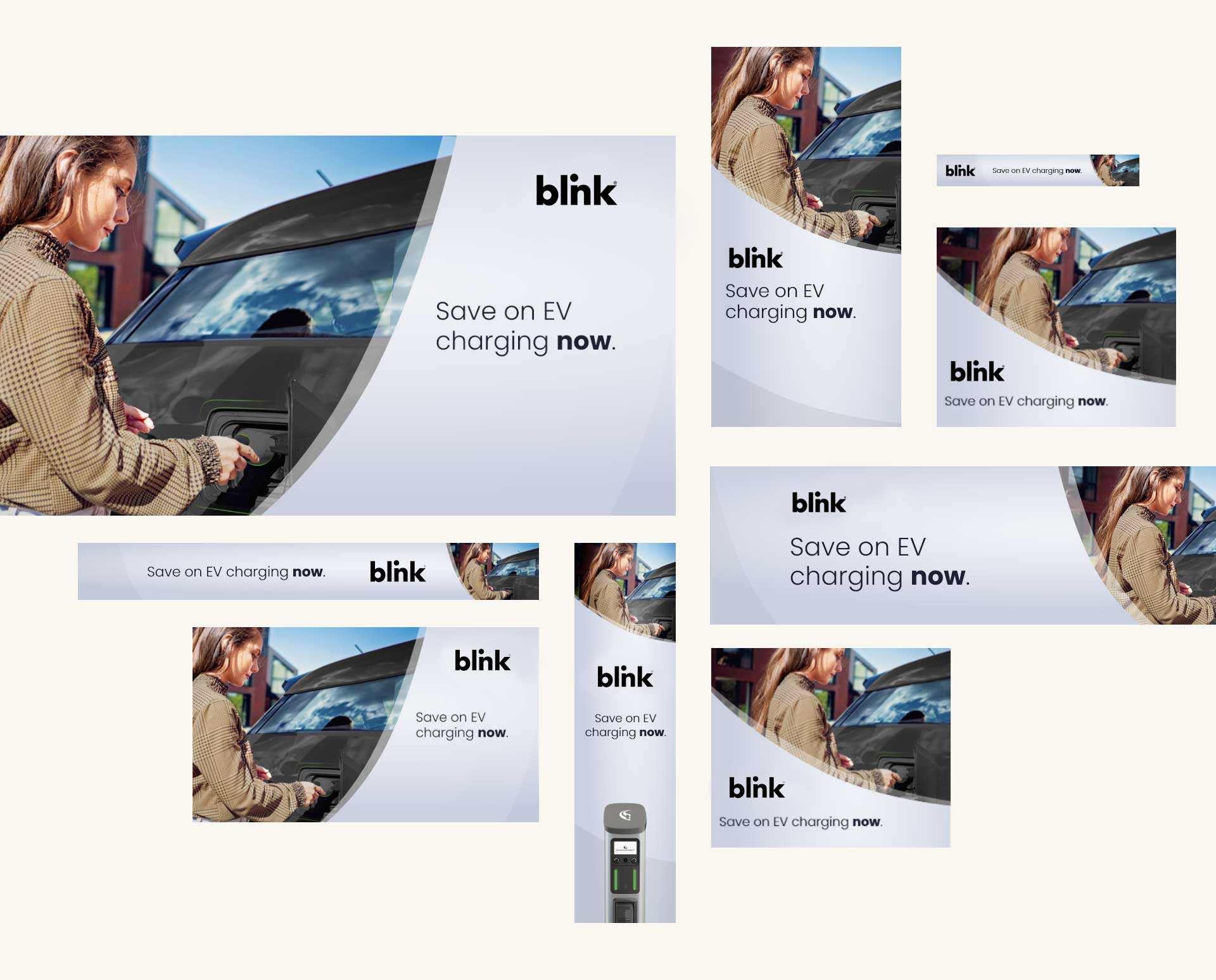
Building a Successful Omnichannel Strategy
- Understand Your Customer Journey
- Map out every touchpoint, from discovery to purchase.
- Integrate Technology
- Use tools like CRM systems, marketing automation, and data analytics to connect channels.
- Personalize the Experience
- Leverage customer data to offer tailored recommendations and promotions.
- Ensure Consistency
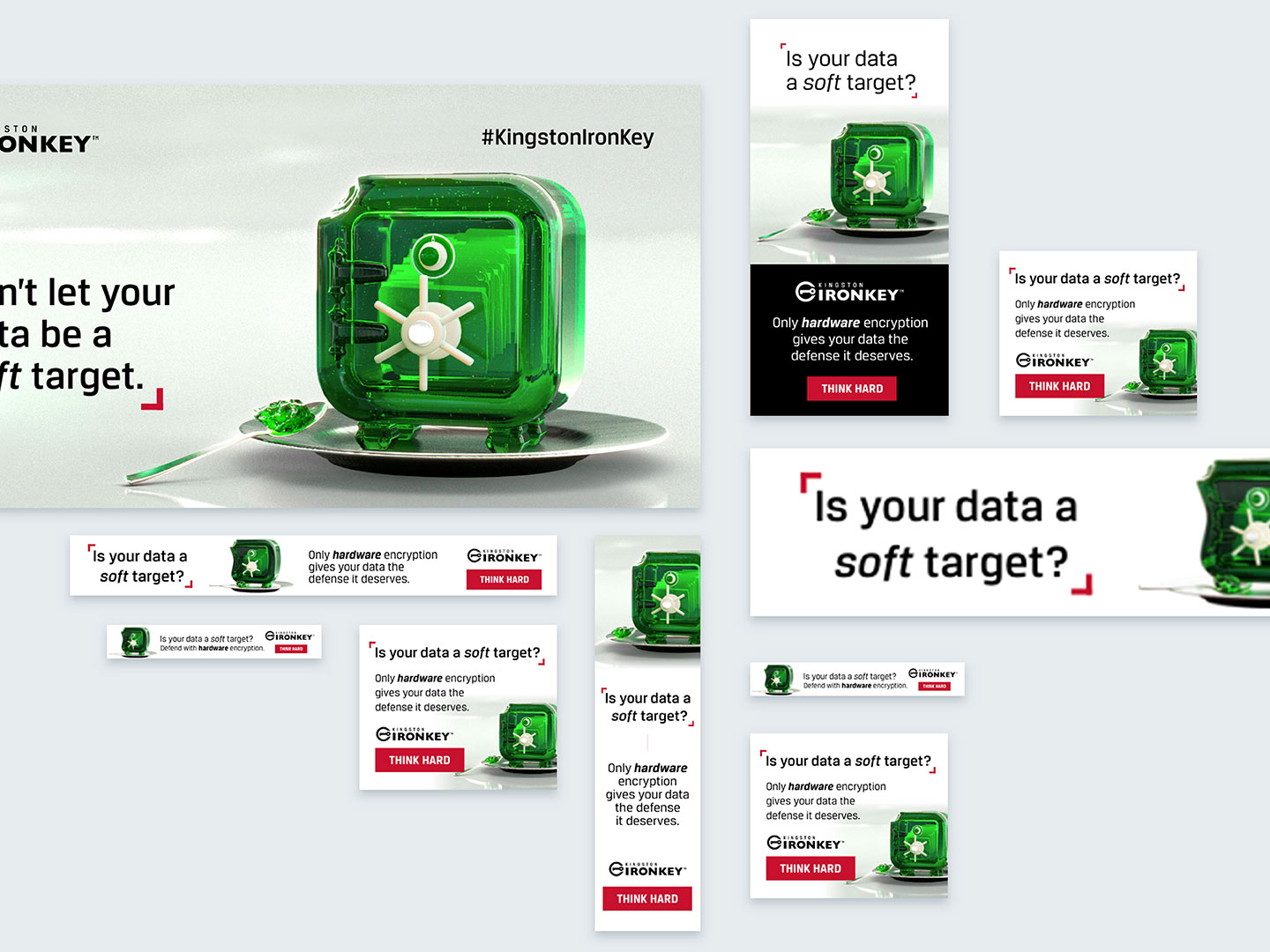
Challenges and How to Overcome Them
- Data Silos
- Consolidate data from various platforms to gain a 360-degree view of the customer.
- Technological Barriers
- Invest in scalable, integrated solutions to streamline operations.
- Maintaining Consistency
- Regularly audit your marketing efforts to ensure alignment across channels.

The Future of Customer Engagement
Omnichannel marketing is no longer optional; it’s a necessity for brands that want to stay competitive. By creating cohesive experiences, you can build stronger relationships with your customers and drive long-term growth.
Ready to revolutionize your customer experience? Contact Bluetext to develop an omnichannel strategy tailored to your brand.
As digital platforms evolve, so do the ways brands connect with audiences. Visual storytelling is no longer a luxury but a necessity in a saturated market. Research shows that visuals are processed 60,000 times faster than text, making them a powerful tool for capturing attention and conveying complex narratives.
This blog delves into how visual storytelling can elevate your marketing campaigns in 2025, with actionable tips and trends to stay ahead.
The Power of Visuals in Modern Marketing
Visuals evoke emotions and make information more memorable. A strong visual narrative can:
- Enhance brand recall
- Drive engagement on social media
- Simplify complex ideas
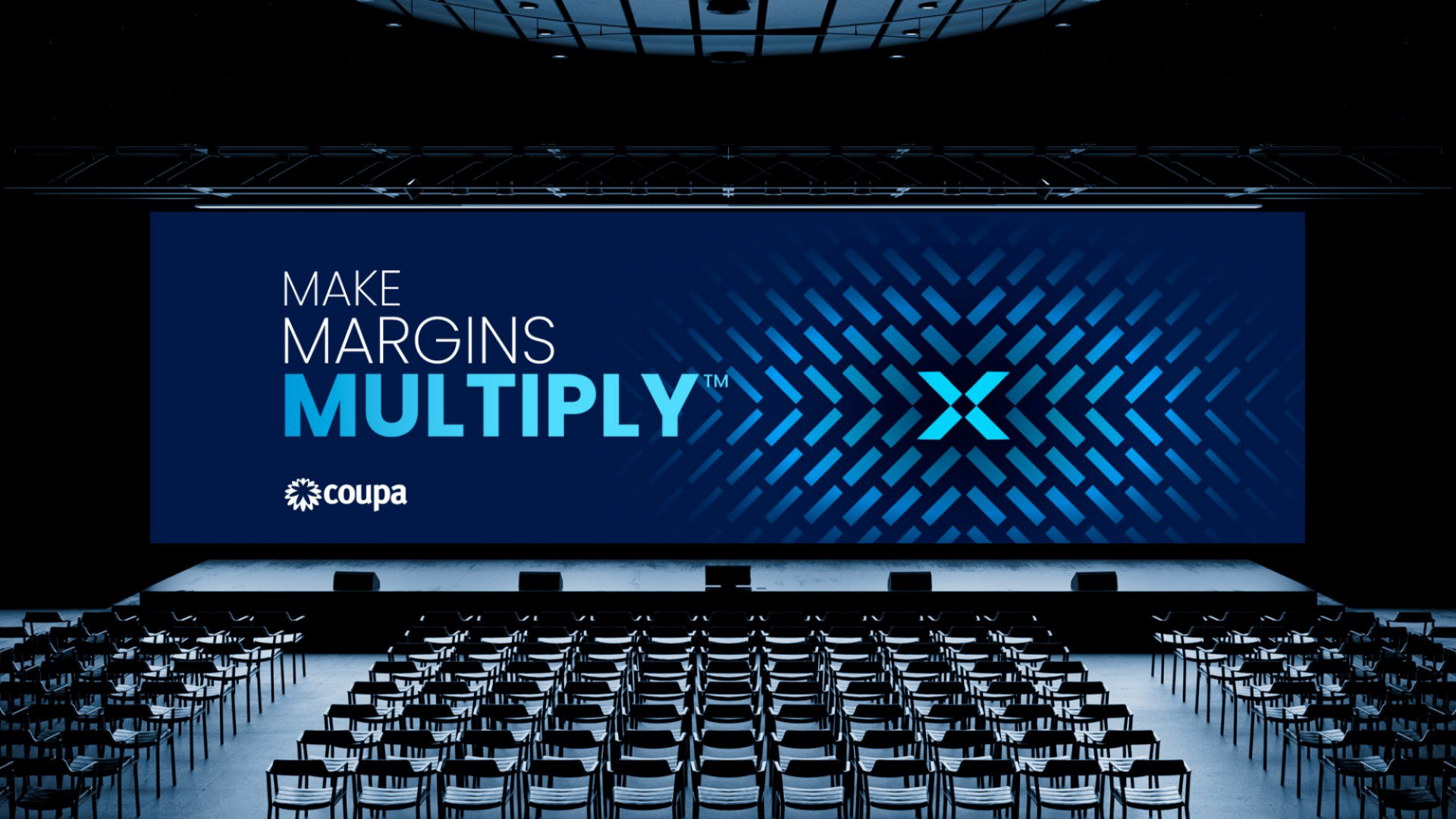
Key Trends in Visual Storytelling for 2025
- Immersive Experiences
- AR and VR technologies are transforming storytelling. Brands can create virtual try-ons, 360-degree videos, and immersive brand experiences.
- User-Generated Content (UGC)
- Encourage your audience to share photos and videos that align with your brand story.
- Interactive Infographics
- Make data engaging by incorporating clickable elements, animations, and interactive charts.
- Micro-Moments
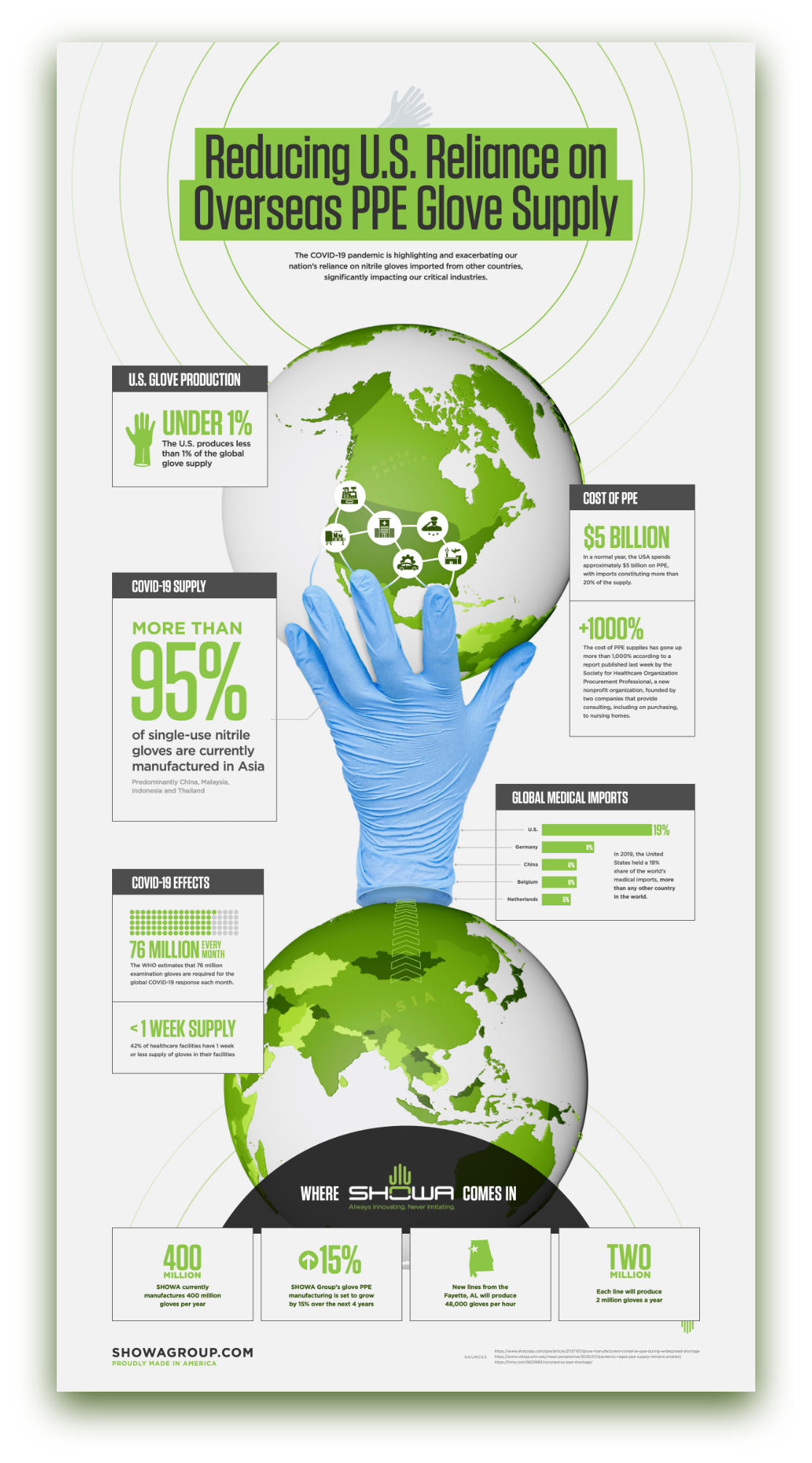
Building a Visual Storytelling Framework
- Define Your Narrative
- What story are you telling, and why does it matter to your audience?
- Invest in High-Quality Visuals
- Professional design and photography can elevate your content.
- Optimize for Each Platform
- Tailor your visuals for different platforms to maximize impact.
- Measure Performance
- Use metrics like click-through rates, shares, and time spent on content to evaluate effectiveness.

Crafting Stories That Resonate
Visual storytelling is an ever-evolving art that requires creativity and strategy. By embracing new technologies and focusing on authenticity, brands can create narratives that captivate and convert. Need help mastering visual storytelling? Contact Bluetext for expert guidance on crafting compelling brand narratives.
Sustainability has become more than a buzzword—it’s now a defining characteristic of successful marketing campaigns. As consumers grow increasingly aware of environmental and social issues, they expect brands to take meaningful action. According to a Nielsen report, 73% of global consumers say they would definitely or probably change their consumption habits to reduce environmental impact. For marketers, this represents a significant opportunity to align brand values with consumer expectations.
In this blog, we’ll explore how sustainability is shaping modern marketing, strategies to integrate sustainability into campaigns, and how brands can effectively communicate their efforts to socially conscious audiences.

The Rise of Conscious Consumerism
Conscious consumerism is driving a shift in purchasing behavior. People want to support brands that align with their values, including environmental protection, ethical sourcing, and social responsibility. This trend is particularly strong among Millennials and Gen Z, who are more likely to research a brand’s sustainability practices before making a purchase.
Integrating Sustainability into Your Marketing Campaigns
- Authenticity Is Key
- Consumers can spot greenwashing from a mile away. Ensure your sustainability claims are backed by data and credible certifications.
- Highlight Sustainable Practices
- Showcase your efforts, whether it’s reducing carbon emissions, using recycled materials, or partnering with eco-friendly suppliers.
- Leverage Storytelling
- Share compelling stories about your sustainability journey. For example, Patagonia’s “Don’t Buy This Jacket” campaign highlighted the environmental cost of consumerism while promoting responsible consumption.
- Incorporate Green Design
- Use eco-friendly materials for packaging, digital-first campaigns to reduce waste, and sustainable event planning.

Communicating Your Sustainability Efforts
Transparency is essential. Share progress reports, engage with audiences on social media, and feature customer testimonials about your sustainable products.
Measuring the Impact
Track metrics like carbon footprint reduction, customer engagement, and sales growth. Tools like life cycle assessments (LCA) and carbon calculators can provide measurable insights.
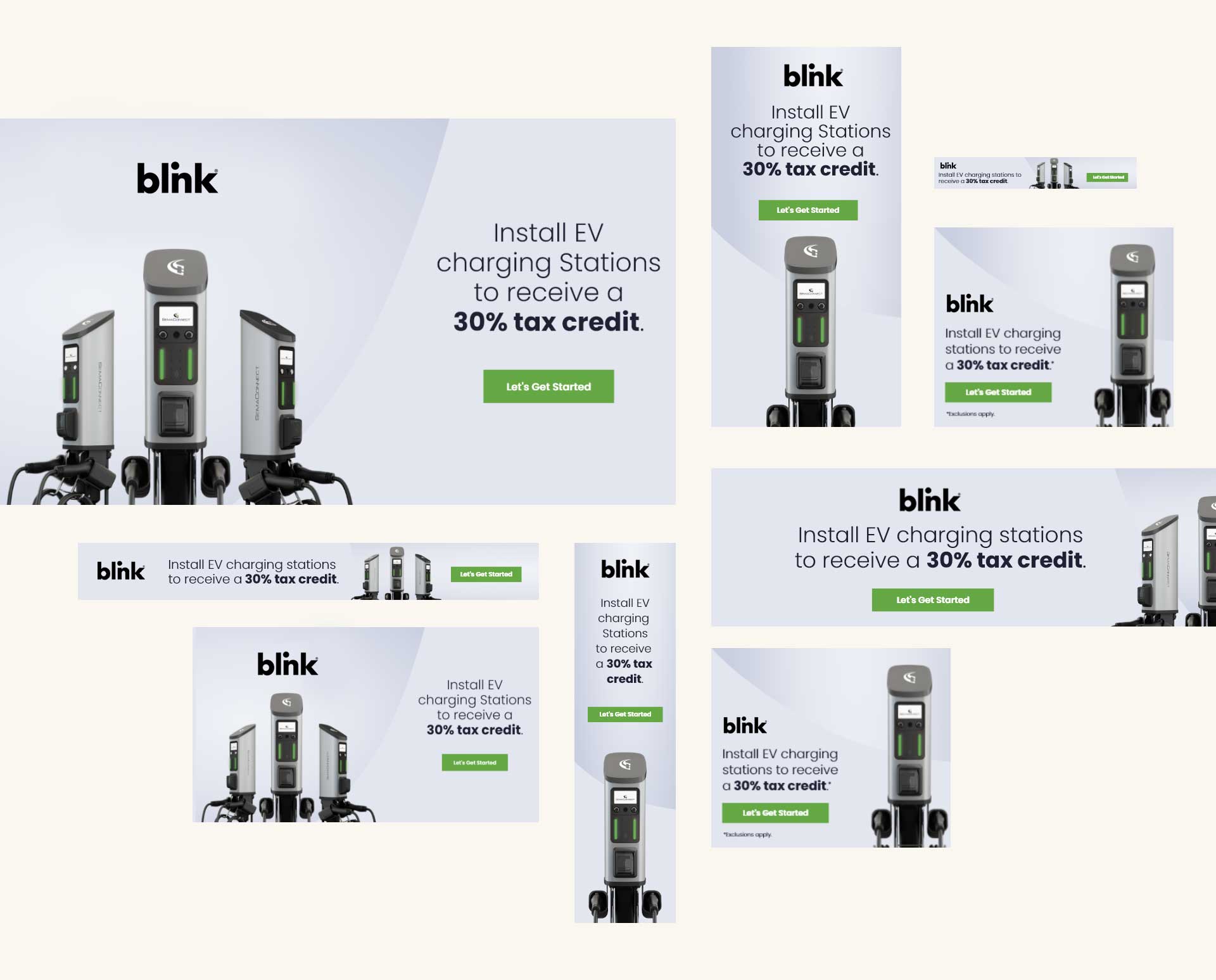
Taking the Next Step
Sustainability is not just a trend but a business imperative. By integrating sustainable practices into your marketing strategy, you can build trust, foster loyalty, and contribute to a better world. Ready to make your marketing campaigns more sustainable? Contact Bluetext to learn how we can help align your brand with purpose.
Accessible web design isn’t just a regulatory box to check—it’s a commitment to inclusivity that benefits all users. As digital experiences become central to daily life, designing for accessibility ensures your website serves the widest possible audience. Moreover, inclusive design fosters brand loyalty, enhances user satisfaction, and aligns with ethical principles. But what does it take to make a website truly accessible?
The Case for Inclusive Design
- Legal Compliance: Laws like the Americans with Disabilities Act (ADA) mandate accessible digital content. Non-compliance can result in lawsuits, fines, and reputational damage.
- Broader Reach: Over 15% of the world’s population lives with a disability. Accessible design ensures your brand includes everyone. Features like captions for videos or transcripts for audio content can significantly expand your audience.
- Enhanced UX for All: Features like alt text, proper contrast ratios, and keyboard navigation improve usability for all visitors, not just those with disabilities. Accessibility innovations often lead to cleaner, more intuitive interfaces that benefit everyone.
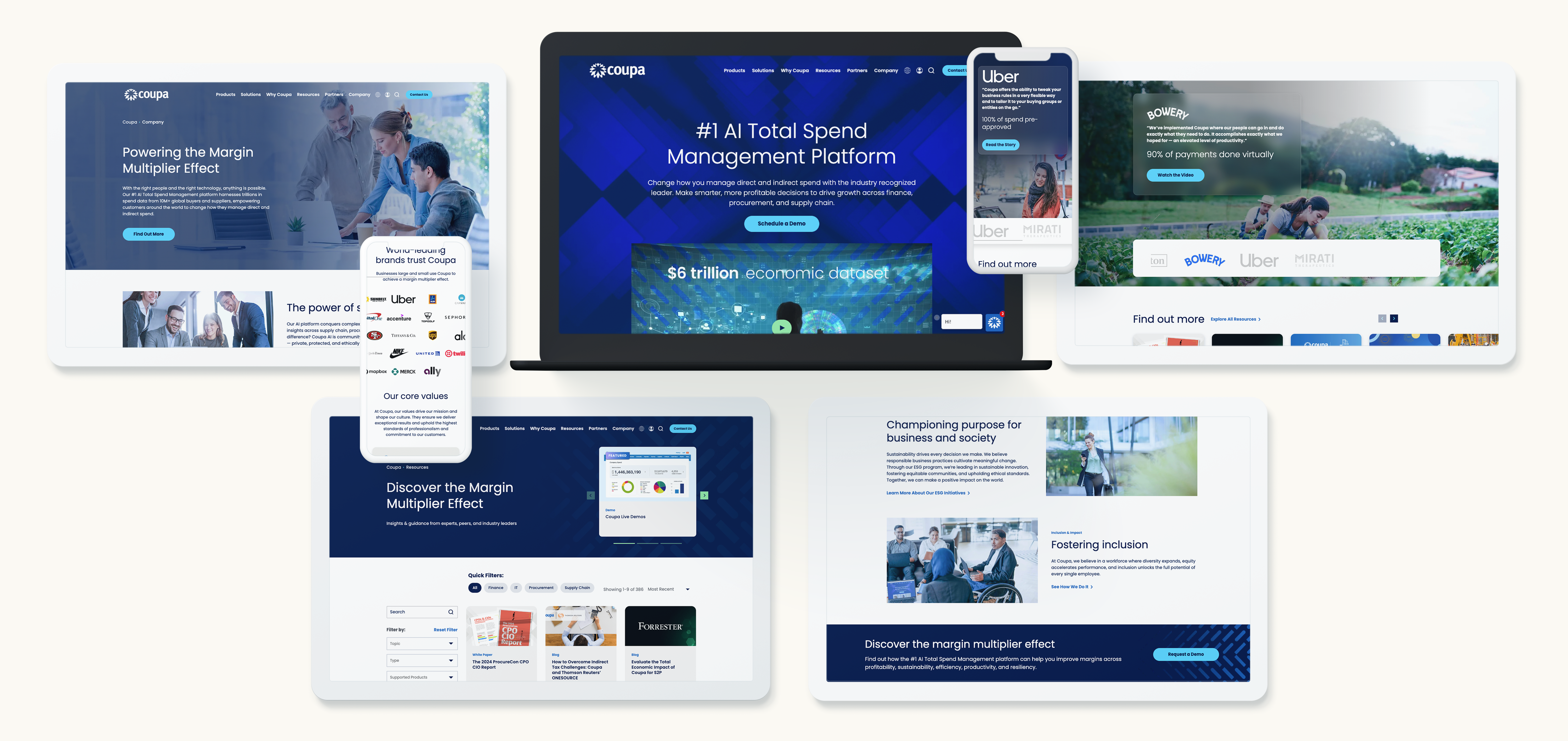
Best Practices for Accessible Design
- Use ARIA Labels: Provide screen readers with clear navigation cues. Proper labeling ensures assistive technologies can accurately interpret your site’s content.
- Test for Accessibility: Utilize tools like WCAG checkers to identify and fix barriers. Regular audits can help you stay compliant and user-friendly.
- Design with Flexibility: Ensure layouts adapt seamlessly to different devices and assistive technologies. Responsive design is crucial in today’s multi-device world.
Incorporating Accessibility into Your Workflow
Accessibility should be a priority from the start of any design or development project. Collaboration between designers, developers, and content creators is essential. Training teams on accessibility standards and testing tools ensures your website remains inclusive as it evolves.
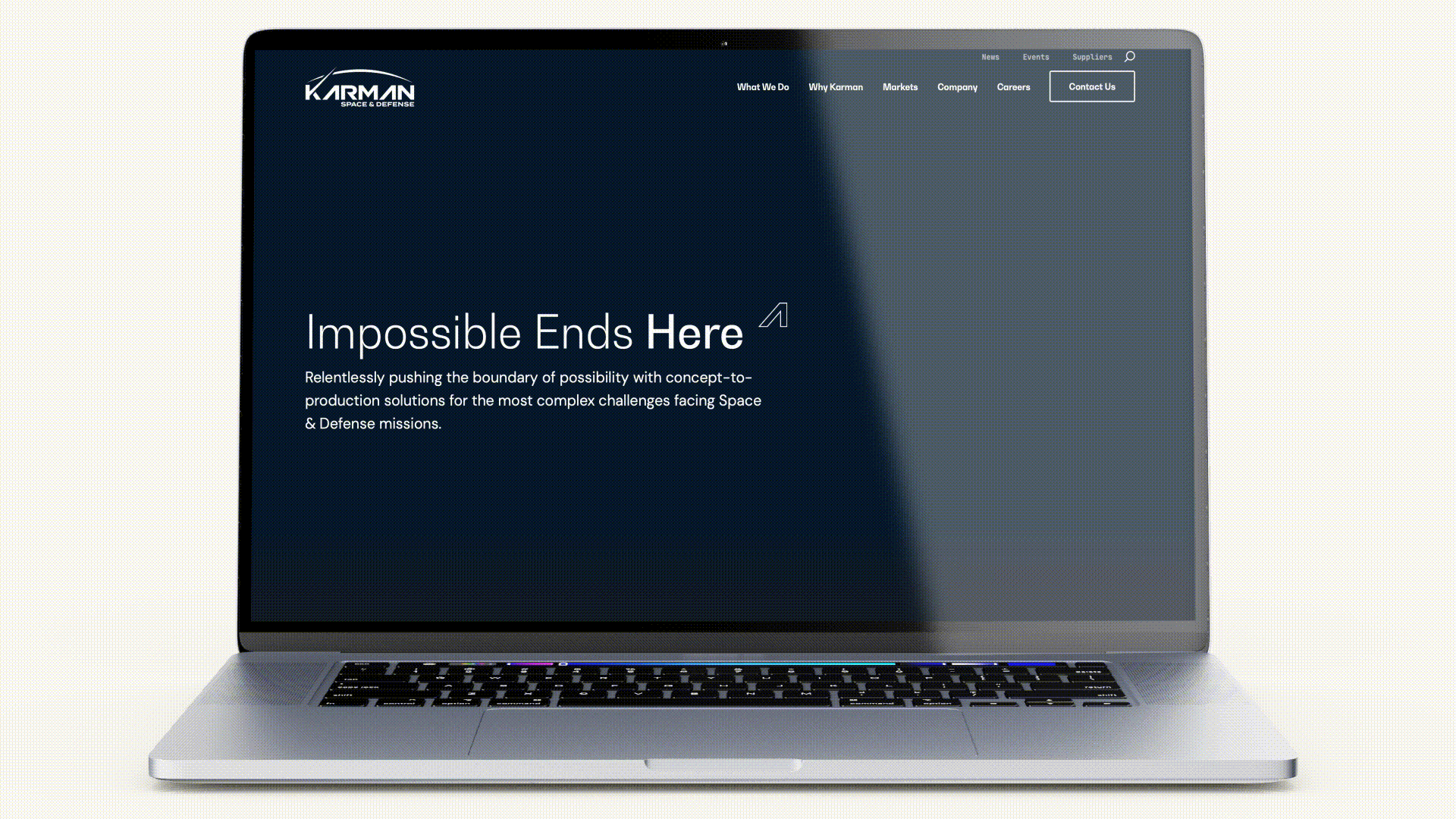
Accessibility as a Competitive Advantage
Brands that prioritize inclusivity demonstrate their commitment to diversity and equity. This not only enhances reputation but fosters deeper audience loyalty. Inclusive design signals that your brand values all users, creating emotional connections that drive engagement and retention.
Building a Better Web
Inclusive web design is essential for 2025 and beyond. By prioritizing accessibility, brands can create digital experiences that are not only compliant but meaningful for all users. Designing for inclusivity isn’t just about following rules—it’s about creating a better, more equitable digital world for everyone. Contact Bluetext to discover how we can help you design accessible, user-centric websites that stand out in 2025 and beyond.
In an ever-evolving market, a static brand identity risks obsolescence. As industries innovate and consumer preferences shift, brands must adapt to stay relevant. Future-proofing your brand identity ensures you can evolve with the times without losing your core essence. But what does it mean to create a truly adaptable identity, and how can businesses position themselves for long-term success?
The Core Elements of a Timeless Brand
- Clear Purpose and Values: Your brand’s mission and values should anchor all decisions. A strong foundation ensures consistency amid change. These values act as a compass, guiding marketing strategies and fostering trust with audiences.
- Memorable Visual Identity: Logos, typography, and color schemes should be designed for adaptability while maintaining recognizability. A logo refresh or subtle updates can keep your visual identity modern without losing its essence.
- Consistent Voice: A defined tone and messaging style create familiarity, even as trends evolve. Whether it’s witty, professional, or empathetic, consistency in voice reinforces your brand’s personality.
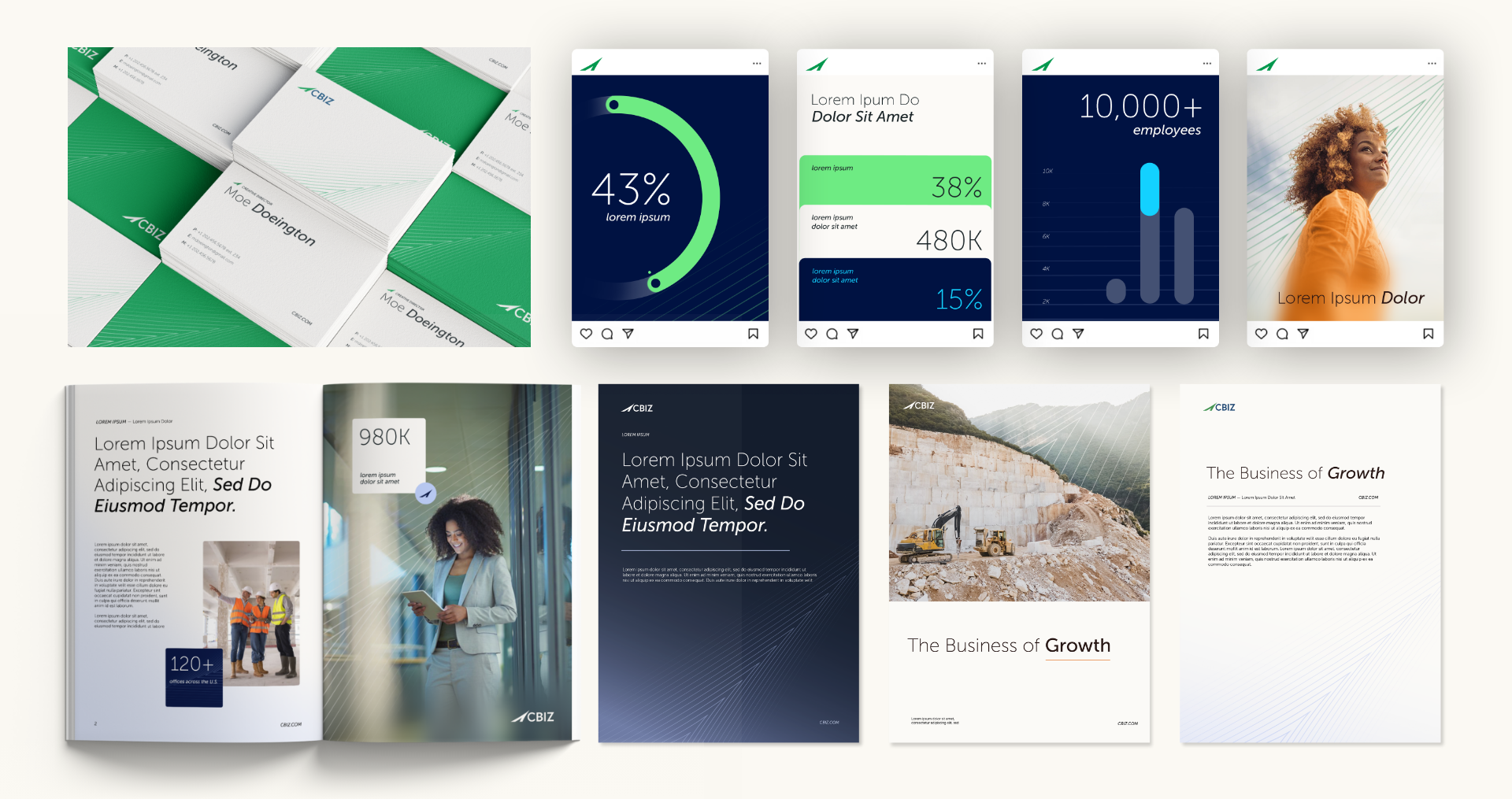
Steps to Future-Proof Your Brand
- Embrace Flexibility: Build a brand style guide that allows room for creative interpretation. Include guidelines for updating visual elements, experimenting with new formats, and evolving content strategies.
- Stay Informed: Monitor industry trends and consumer behaviors to anticipate shifts. For example, as sustainability becomes a priority, integrating eco-conscious messaging into your branding can keep you aligned with audience values.
- Invest in Technology: Utilize tools like CRM systems or analytics platforms to track engagement and adjust strategies in real-time. Emerging technologies, like AI-driven content personalization, can also keep your brand ahead of the curve.

Evolving with Your Audience
A future-proof brand grows alongside its audience. Prioritize feedback and adapt offerings to meet changing needs. Engaging in two-way communication—through surveys, social media, or customer service—can provide valuable insights. Additionally, fostering a community around your brand creates loyalty that extends beyond specific products or services.
Branding for Longevity
Future-proofing your brand identity is an investment in your company’s resilience. By staying flexible and audience-focused, your brand can remain relevant and impactful for years to come. The ability to adapt, paired with a strong foundational identity, ensures your brand can weather industry disruptions while continuing to thrive. Reach out to Bluetext to learn how we can help you build a brand identity that stands the test of time.
Artificial intelligence has revolutionized marketing, offering tools that enhance efficiency, precision, and scalability. From chatbots to predictive analytics, AI has unlocked new ways to engage audiences and optimize campaigns. However, as brands embrace automation, there is a pressing challenge: maintaining an authentic, human connection. How can marketers strike the right balance?
The Power of AI in Marketing
AI streamlines complex processes like data analysis, content creation, and personalization. Tools powered by AI can segment audiences, recommend tailored content, and predict consumer behavior—saving marketers time and boosting ROI. Chatbots enable instant communication, while AI-driven ad platforms ensure campaigns reach the right audience at the right time.
Moreover, AI enables real-time decision-making. Marketers can adjust campaigns based on live analytics, ensuring that messaging remains relevant. For instance, AI can identify trending topics on social media, allowing brands to join conversations and stay culturally relevant. Beyond efficiency, AI also enhances creativity through tools that generate content ideas or even design assets.
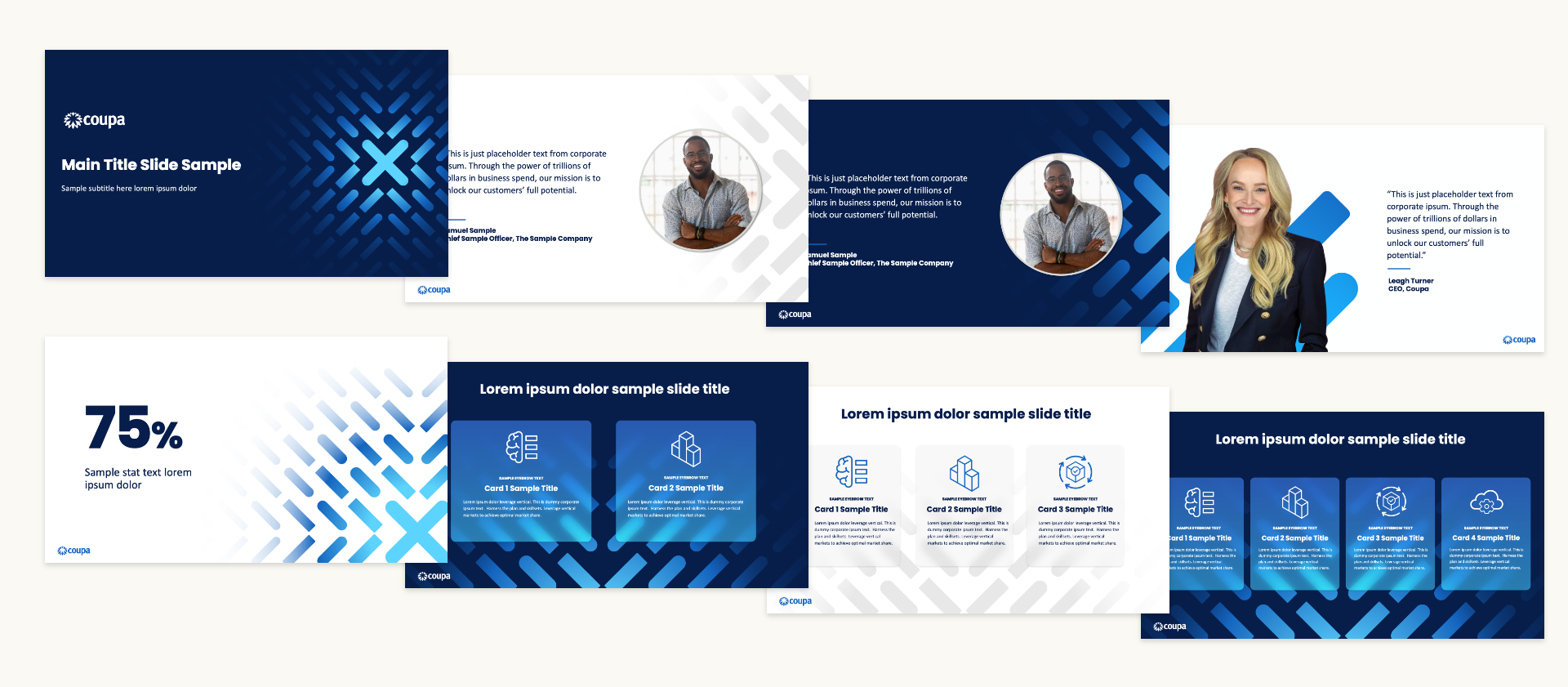
The Risk of Losing Authenticity
While AI enhances efficiency, it can risk alienating audiences if overused or misapplied. Consumers value human touchpoints, especially in industries that rely on trust, like healthcare or financial services. Over-reliance on AI can make interactions feel impersonal, leading to disengagement.
Additionally, there’s a growing concern about the ethical use of AI. Missteps in personalization, such as overly invasive data tracking, can erode trust. Similarly, relying too heavily on automated responses can create frustration when customers encounter complex issues that require empathy and nuanced problem-solving. Striking a balance between automation and authenticity requires intentionality and foresight.

Striking the Balance
- Human-AI Collaboration: Use AI for data analysis but let humans craft messages that resonate emotionally. For instance, AI can analyze customer sentiment, but human marketers should interpret that data to create meaningful campaigns.
- Transparent Communication: Disclose when AI is in use, such as chatbots, to build trust. Transparency fosters a sense of honesty, helping audiences feel respected and valued.
- Periodic Oversight: Regularly review AI-driven campaigns to ensure they align with brand values and audience expectations. Conduct audits to identify areas where human intervention might enhance effectiveness.
Leveraging AI Responsibly
Brands should view AI as a tool to enhance, not replace, human creativity and connection. By establishing clear boundaries—such as reserving certain touchpoints for human interaction—marketers can maintain authenticity. Training employees to work alongside AI systems can also create a more cohesive strategy where technology and humanity complement one another.
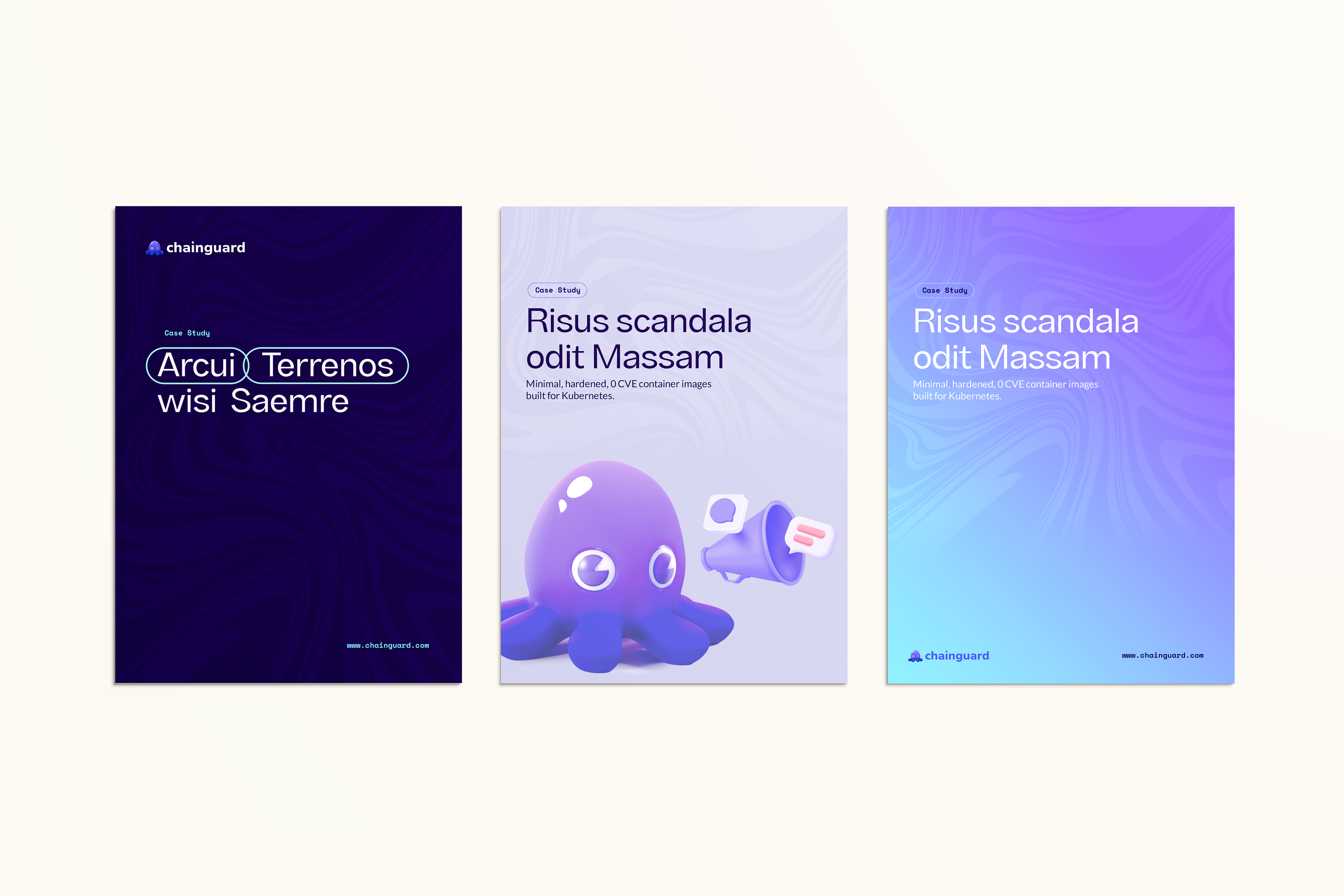
A Future of Synergy
By blending AI efficiency with human creativity, brands can achieve authentic connections that resonate deeply with audiences. Striking this balance isn’t just a best practice—it’s essential for long-term marketing success. As AI continues to evolve, the brands that succeed will be those that use it to enhance—rather than replace—the human touch. Contact Bluetext today to explore how we can help you navigate AI-driven marketing strategies that balance innovation with authenticity.
The sudden return of TikTok to the U.S. market after its temporary ban highlights just how volatile the social media landscape can be. For brands, this serves as a wake-up call: relying too heavily on one platform is a risk that can leave your marketing strategy vulnerable to disruption. Whether it’s a regulatory issue, a platform shutdown, or shifting consumer preferences, diversifying your social media strategy is critical to long-term success.
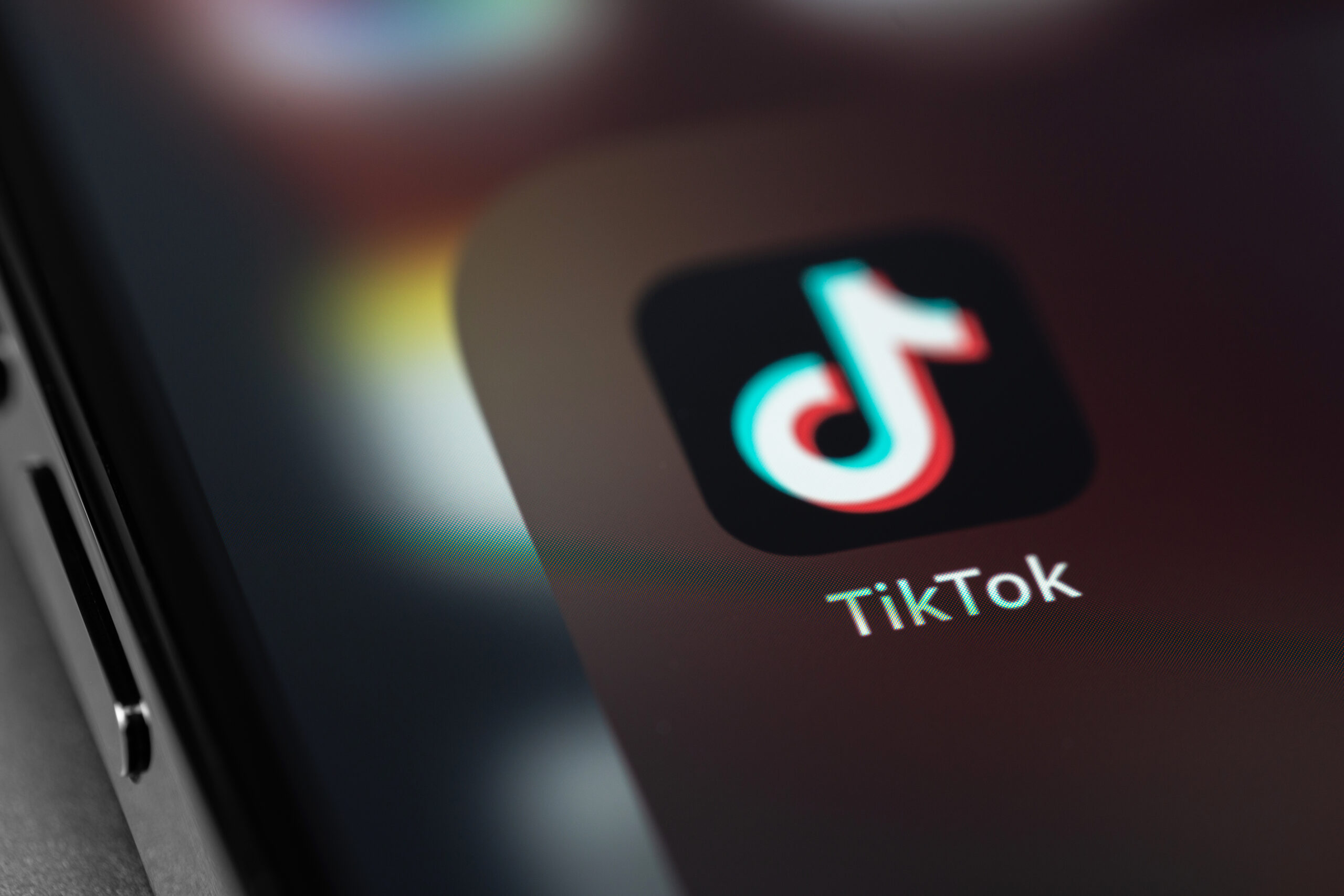
What Happened with TikTok?
Earlier this year, TikTok faced a significant setback when a U.S. ban temporarily removed the platform from app stores. Millions of brands and creators scrambled to save their content and pivot to other platforms. However, following regulatory adjustments and new compliance agreements, TikTok is back online and fully operational. This incident underscores the importance of adaptability in an era where platforms can rise and fall overnight.

Why Diversification Is Key
Social media platforms are powerful but unpredictable. A robust marketing strategy doesn’t just rely on one platform—it ensures that your brand can thrive no matter what happens in the digital space. Here are key reasons to diversify:
- Mitigating Risk: If one platform faces regulatory issues, algorithm changes, or shutdowns, your brand won’t be left without a digital presence.
- Reaching Varied Audiences: Each platform attracts a unique demographic. Expanding your presence ensures you connect with different segments of your target audience.
- Staying Ahead of Trends: New platforms often emerge, offering fresh opportunities for engagement. Diversifying allows you to explore these trends without abandoning your core strategy.
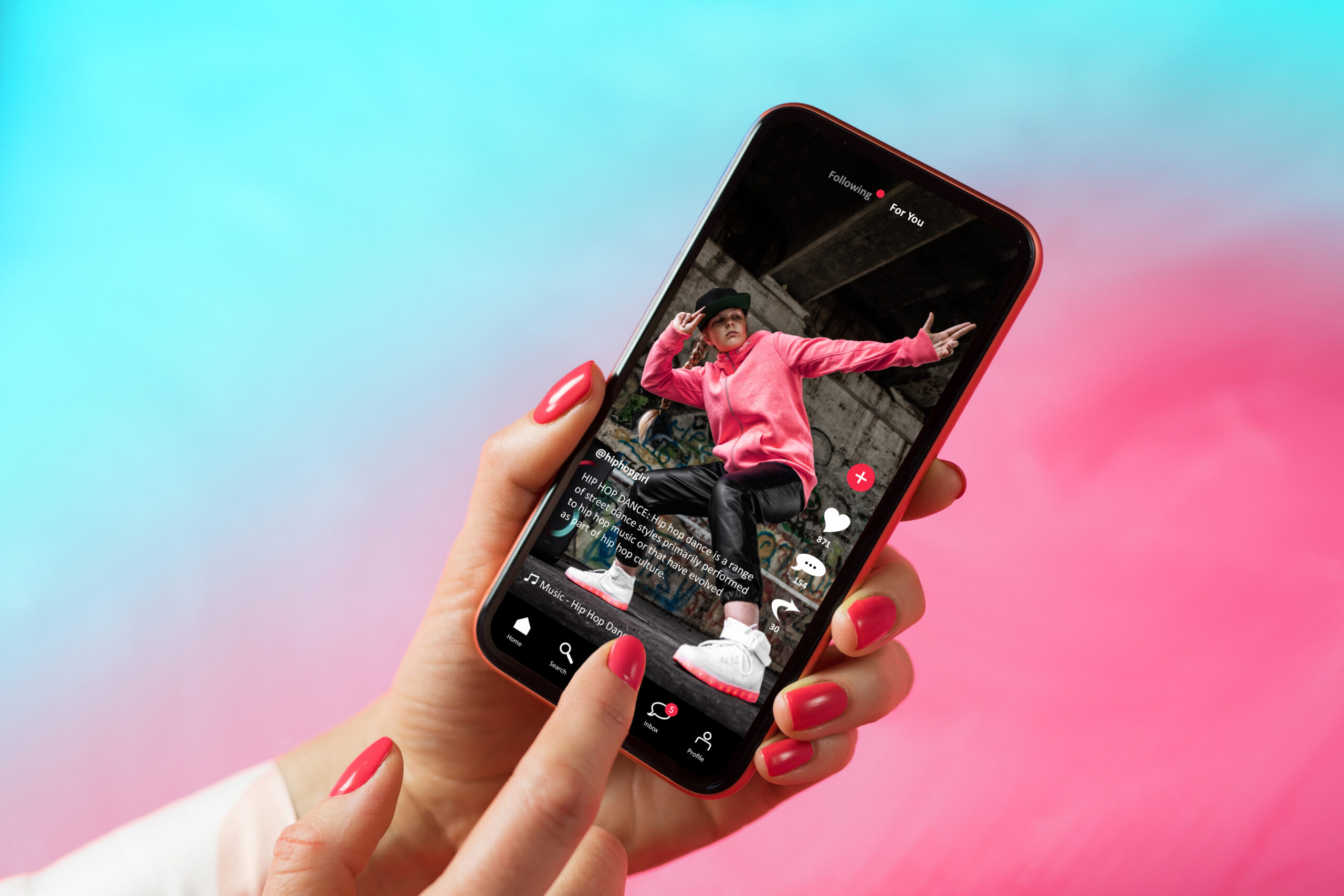
Strategies for a Resilient Social Media Presence
To future-proof your social media marketing, consider these actionable strategies:
- Spread Your Content Across Platforms: Ensure your content lives on multiple platforms, such as Instagram, YouTube, LinkedIn, and emerging channels. Cross-platform promotion not only diversifies your reach but also reinforces your messaging.
- Develop Platform-Specific Strategies: Tailor your content to fit the strengths of each platform. For example, short-form videos might work best on TikTok and Instagram Reels, while thought leadership posts excel on LinkedIn.
- Leverage Owned Media: Focus on building your email list, blog, and website traffic to reduce reliance on third-party platforms. Owned media provides a stable foundation for your brand’s digital presence.
- Monitor Platform Trends: Keep an eye on the evolving features and regulations of existing platforms while staying informed about emerging players in the social media space.
- Create Evergreen Content: Prioritize content that can be repurposed and reused across platforms to maximize its lifespan and impact.
Preparing for the Future
The TikTok ban and subsequent return is a reminder that change is inevitable in the digital landscape. By adopting a diversified, adaptable social media strategy, your brand can weather any disruption and emerge stronger. The key is to stay flexible, stay informed, and continuously innovate.
Need help building a resilient social media strategy? Contact Bluetext to develop a plan that keeps your brand ahead of the curve.
In an era where data is often called the “new oil,” marketing teams that harness its potential can achieve unprecedented success. Data-driven marketing—using analytics and insights to inform campaign strategies—is no longer a nice-to-have; it’s a necessity for businesses aiming to maximize their return on investment (ROI). This approach helps marketers target the right audience, refine messaging, and allocate budgets effectively, resulting in measurable and impactful outcomes.
But how can your organization fully embrace data-driven marketing in 2025? Let’s explore the strategies, tools, and benefits that make this approach the key to driving ROI in the modern marketing landscape.
The Fundamentals of Data-Driven Marketing
At its core, data-driven marketing is about using customer data and analytics to tailor campaigns that resonate with specific audiences. It goes beyond traditional demographics, diving into behavioral, transactional, and even psychographic data. This comprehensive view allows marketers to:
- Understand customer preferences and behaviors.
- Predict future trends and demands.
- Personalize messaging to drive higher engagement.
Key Types of Data
- First-Party Data: Information you collect directly from your audience, such as website interactions, purchase history, and email sign-ups.
- Second-Party Data: Data shared by trusted partners, offering a broader view of customer behavior.
- Third-Party Data: Aggregated information from external sources, useful for expanding reach and identifying new segments.
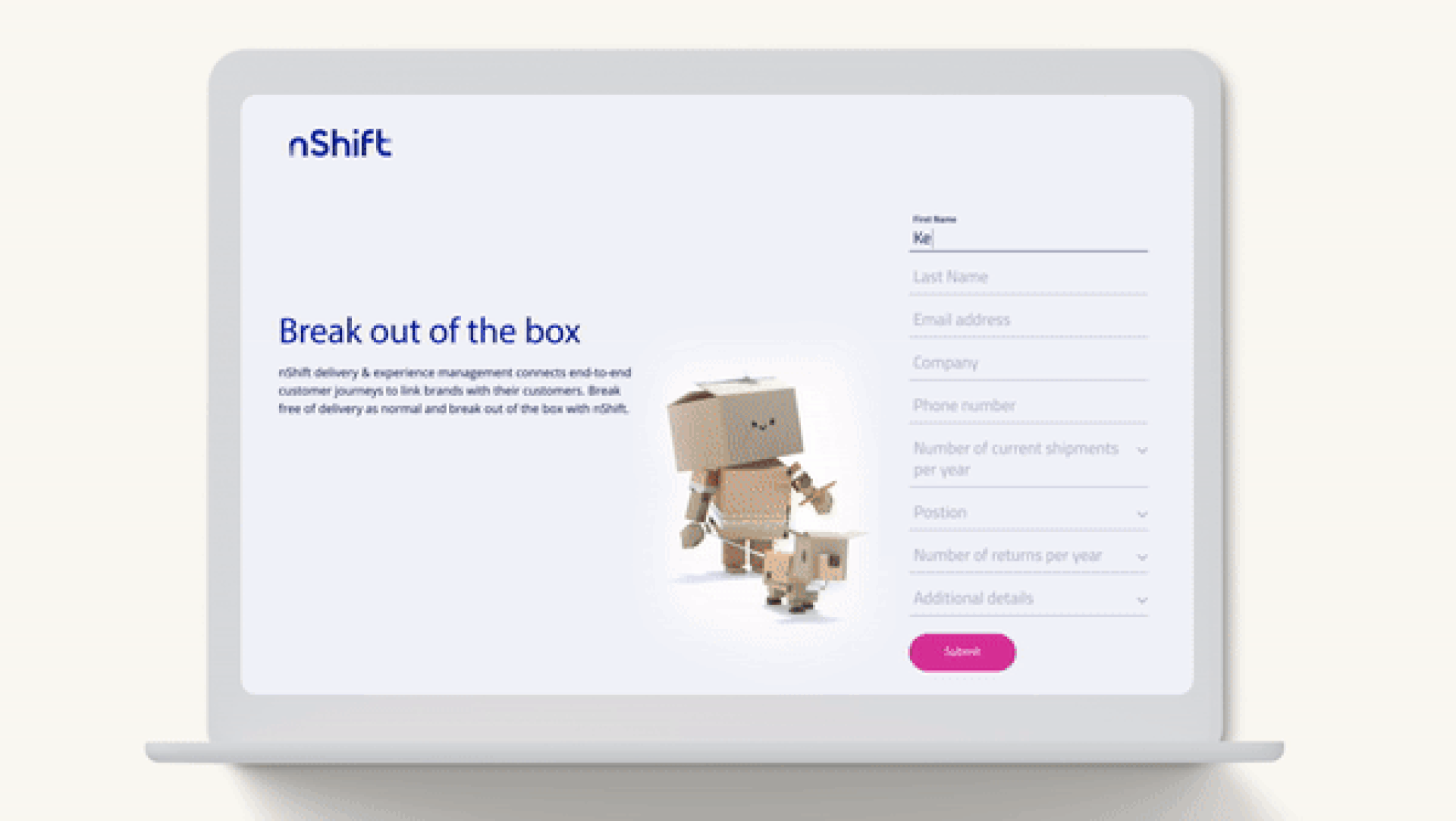
Why Data-Driven Marketing Matters
1. Precision Targeting
One of the most significant advantages of data-driven marketing is the ability to precisely target your audience. Instead of casting a wide net, you can focus on high-value prospects who are more likely to convert. For example, predictive analytics can identify users who are ready to make a purchase, enabling you to tailor your messaging accordingly.
2. Improved Customer Experiences
Today’s buyers expect personalized experiences. According to recent studies, 80% of consumers are more likely to engage with brands that offer tailored content. Data-driven insights enable you to deliver the right message at the right time through the right channel.
3. Efficient Budget Allocation
With detailed performance metrics, data-driven campaigns allow you to optimize your marketing spend. By identifying which channels, messages, and strategies yield the best results, you can allocate budgets more effectively and avoid wasted resources.
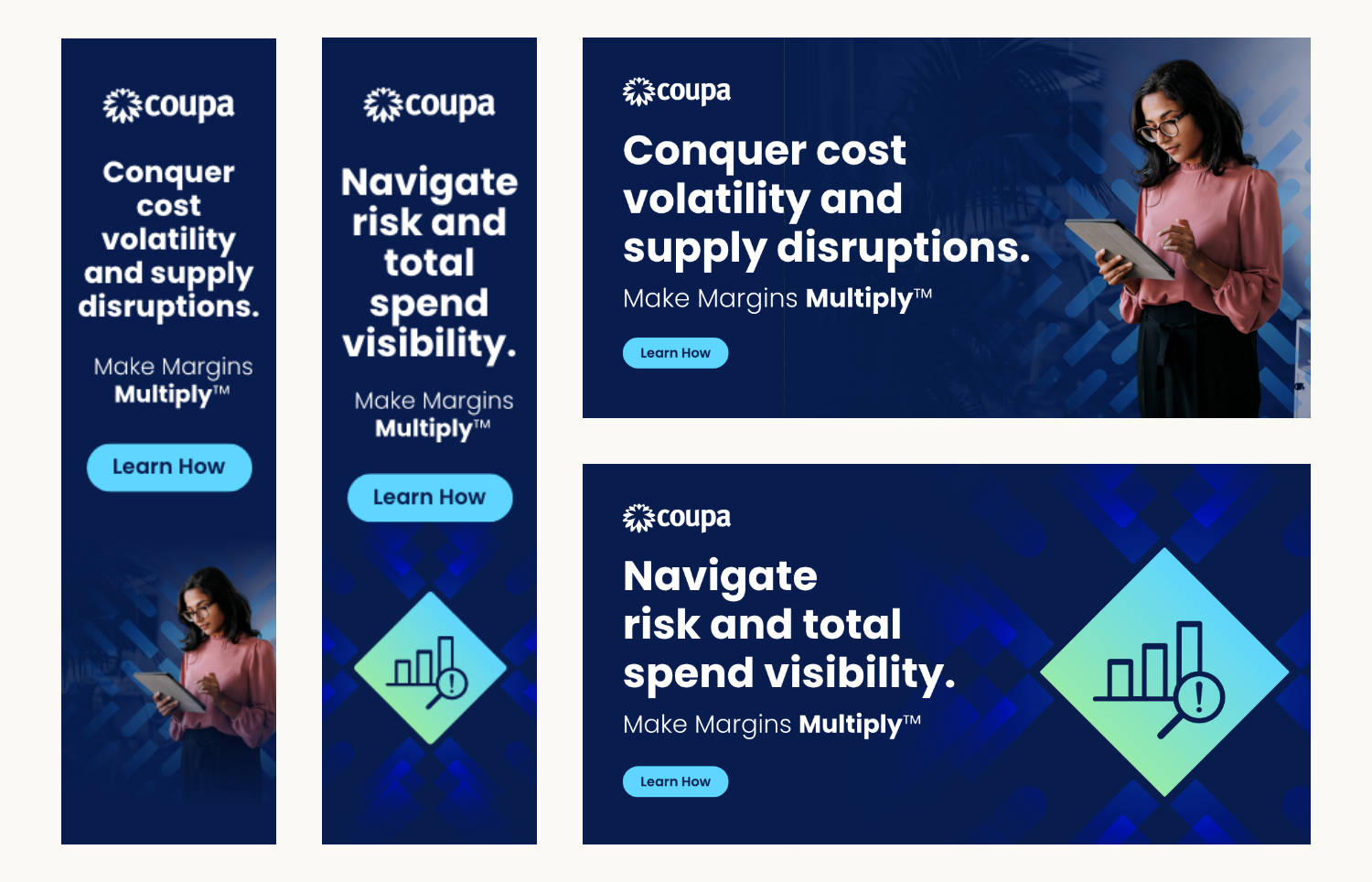
Building a Data-Driven Marketing Strategy
Transitioning to a data-driven approach requires careful planning and execution. Here’s how to get started:
1. Define Clear Objectives
Start by identifying what you want to achieve with your campaigns. Are you looking to increase brand awareness, drive conversions, or retain customers? Clear goals will help you focus your data collection and analysis efforts.
2. Invest in the Right Tools
Leverage marketing technology platforms that offer robust analytics capabilities. Tools like Google Analytics, HubSpot, and Tableau can provide valuable insights into customer behavior and campaign performance. Additionally, consider investing in a customer data platform (CDP) to centralize and organize your data.
3. Collect and Integrate Data
Gather data from all available touchpoints, including your website, social media channels, email campaigns, and CRM systems. Integration is key—ensure that your data sources are connected to provide a unified view of your customers.
4. Segment Your Audience
Use your data to divide your audience into meaningful segments. Factors like purchase history, engagement levels, and geographic location can help you create highly targeted campaigns.
5. Test and Optimize
A/B testing is a cornerstone of data-driven marketing. Experiment with different headlines, visuals, and calls-to-action to determine what resonates best with your audience. Use these insights to continuously refine your campaigns.

Overcoming Challenges
Despite its advantages, data-driven marketing comes with challenges. Here’s how to address common hurdles:
- Data Privacy Regulations: Stay compliant with laws like GDPR and CCPA by implementing robust data governance practices. Ensure transparency in how you collect and use customer data.
- Data Overload: Avoid analysis paralysis by focusing on the metrics that align with your objectives. Not all data is equally valuable.
- Team Expertise: Invest in training to equip your team with the skills needed to analyze data and derive actionable insights.
The Future of Data-Driven Marketing
As technology advances, the potential of data-driven marketing continues to grow. Emerging trends include:
- AI-Powered Insights: Machine learning algorithms can analyze vast datasets to uncover patterns and predict outcomes with greater accuracy.
- Real-Time Personalization: Dynamic content delivery will enable brands to adapt messaging on the fly based on real-time user behavior.
- Integration with IoT Devices: Data from smart devices will provide deeper insights into customer preferences and habits.
Take the Next Step
Ready to elevate your marketing efforts with data-driven strategies? Bluetext can help. Our team of experts specializes in leveraging analytics and insights to create campaigns that deliver measurable results. Contact us today to learn how we can help your business achieve its marketing goals in 2025 and beyond.
In the ever-evolving world of marketing, where authenticity and trust drive engagement, employee advocacy has emerged as a powerful strategy to amplify brand messaging. Employee advocacy—the promotion of an organization by its workforce through personal networks—is not just a buzzword. It’s a cornerstone for brands aiming to build trust, boost engagement, and expand their reach in today’s digital age. As we head into 2025, it’s time to ask: Is your business tapping into its most valuable marketing asset—your employees?
The Power of Employee Advocacy in Modern Marketing
The essence of employee advocacy lies in leveraging the voices of your employees to promote your brand’s mission, products, or services. While corporate accounts are often viewed as polished and carefully curated, messages from employees tend to feel more genuine and relatable. Studies show that people are three times more likely to trust information shared by employees than by a company’s official channels.
But why is this strategy gaining traction now? The answer lies in two key trends:
- The Rise of Authenticity: In a world inundated with branded content, authenticity is the currency that builds trust. Messages shared by employees are perceived as more authentic and less “salesy.”
- The Power of Social Networks: Employees collectively have social networks that far exceed the reach of a brand’s corporate accounts. Tapping into these networks can exponentially expand your brand’s visibility.
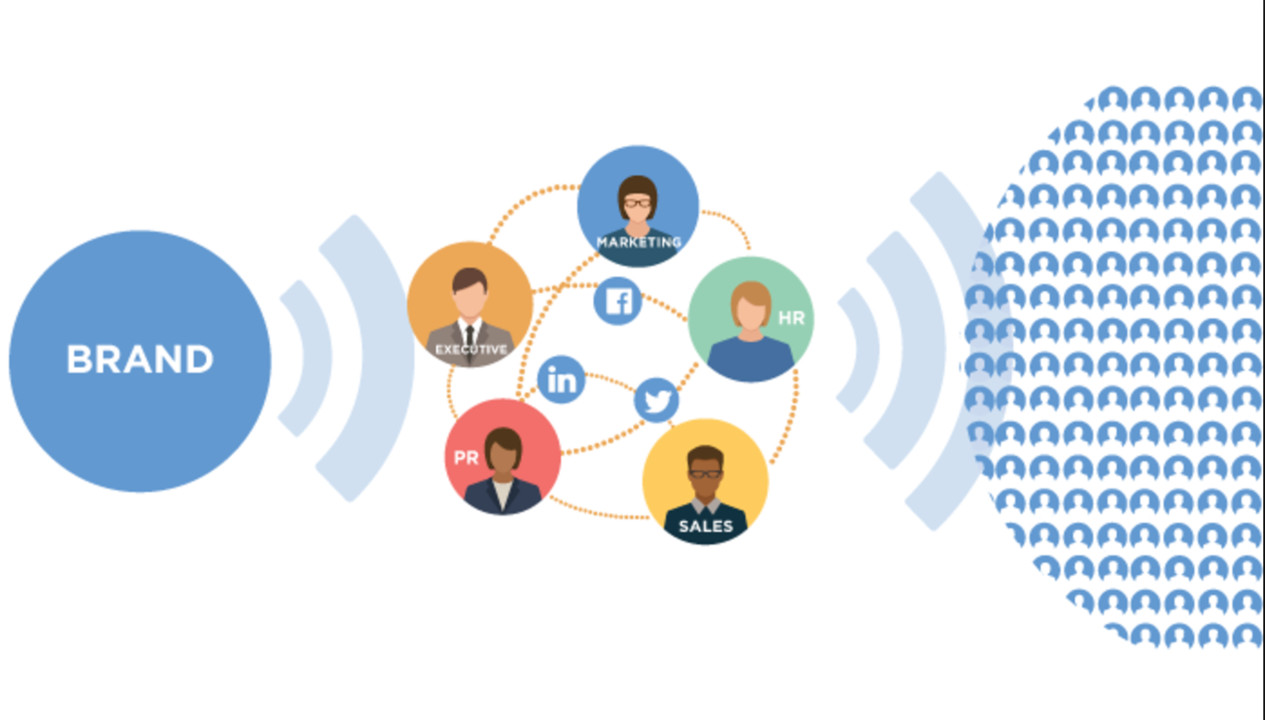
Benefits of Employee Advocacy
Implementing an employee advocacy program can have far-reaching benefits for your organization. Here are the key advantages:
1. Increased Brand Reach
Your employees’ personal networks—spanning LinkedIn, Twitter, and other platforms—can significantly amplify your brand’s visibility. A single employee sharing a post can reach hundreds or thousands of connections who may otherwise never interact with your corporate accounts.
2. Enhanced Trust and Credibility
People trust people, not logos. By empowering your employees to share their experiences and perspectives, you humanize your brand and build trust with your audience.
3. Boosted Employee Engagement
An employee advocacy program fosters a sense of ownership and pride in the organization. When employees feel valued and involved in the company’s mission, they are more likely to be engaged and motivated.
4. Improved Recruitment Efforts
Employees who share positive stories about your company can become powerful recruiters. Potential candidates are more likely to consider a company when they see authentic endorsements from current employees.
5. Cost-Effective Marketing
Compared to traditional advertising, employee advocacy offers an organic and cost-effective way to increase brand awareness and engagement.
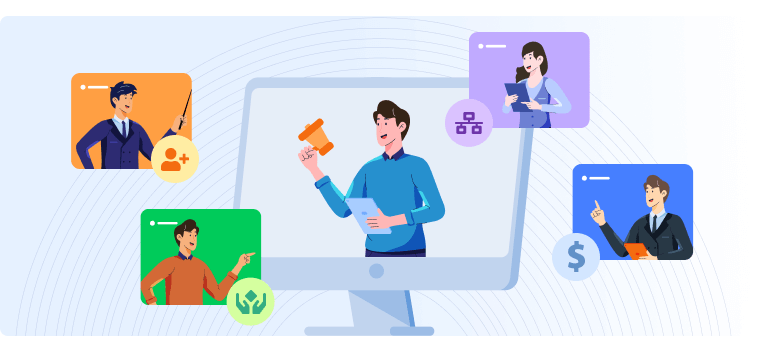
How to Build an Employee Advocacy Program
Creating a successful employee advocacy program requires thoughtful planning and execution. Here’s a step-by-step guide:
1. Set Clear Objectives
Define what you want to achieve through employee advocacy. Are you looking to boost brand awareness, drive traffic to your website, or increase engagement on social media? Clear goals will guide your program’s strategy and measurement.
2. Choose the Right Platform
Consider using employee advocacy tools like Hootsuite Amplify or Bambu to streamline content sharing and track performance. These platforms make it easy for employees to access approved content and share it with their networks.
3. Create Shareable Content
The success of your advocacy program hinges on the quality of your content. Provide employees with engaging, shareable content that aligns with their personal interests and professional goals.
4. Provide Training and Guidelines
Offer training sessions to help employees understand the value of advocacy and how to effectively share content. Provide clear guidelines to ensure brand messaging remains consistent.
5. Incentivize Participation
Recognition and rewards can motivate employees to participate in your advocacy program. Consider offering incentives such as gift cards, extra vacation days, or public acknowledgment for top advocates.
6. Measure and Optimize
Use analytics to track the performance of your advocacy efforts. Monitor metrics such as reach, engagement, and website traffic to refine your strategy and maximize results.
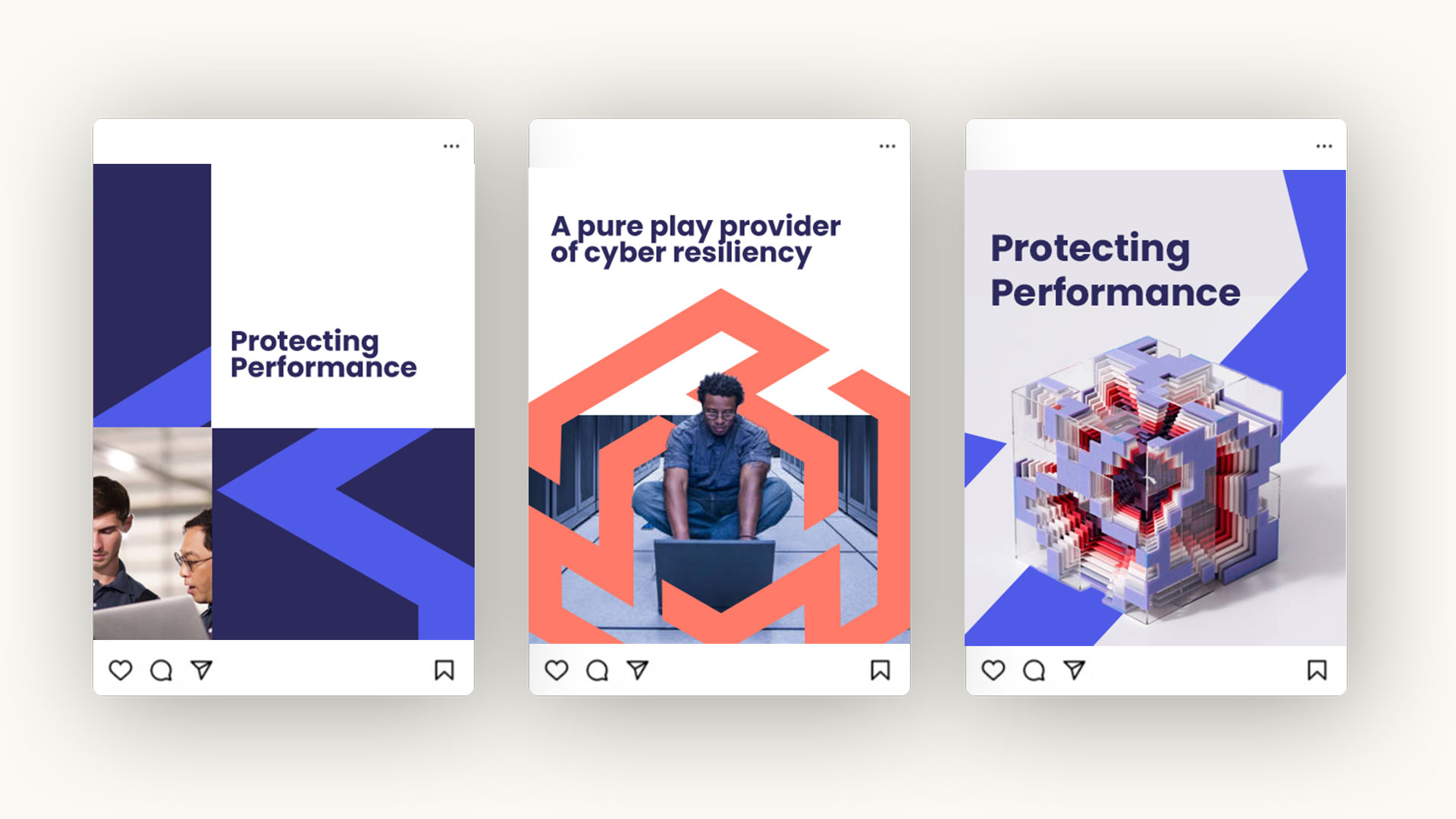
Overcoming Common Challenges
While the benefits of employee advocacy are clear, organizations may encounter challenges during implementation. Here’s how to address them:
- Low Participation Rates: Start small by engaging a core group of advocates and building momentum over time.
- Inconsistent Messaging: Provide pre-approved content and clear guidelines to ensure consistency.
- Lack of Measurement: Use analytics tools to measure performance and demonstrate the program’s ROI to stakeholders.
Why 2025 is the Year for Employee Advocacy
As digital marketing becomes increasingly competitive, brands must find innovative ways to stand out. Employee advocacy offers a unique blend of authenticity, reach, and cost-effectiveness that aligns with the needs of modern marketing. By empowering your employees to be your brand’s biggest champions, you can drive meaningful engagement and achieve your business objectives.
Take the First Step
Ready to unlock the power of employee advocacy? Contact Bluetext today to learn how we can help you build a successful program tailored to your organization’s needs. Let’s make 2025 the year your employees become your brand’s greatest advocates.
Trade shows have long been a staple of B2B marketing, offering brands a platform to showcase their innovations and connect with potential clients. However, standing out amidst a sea of booths and competing for attention requires a fresh, innovative approach. Interactive content is revolutionizing trade show marketing, providing immersive and engaging experiences that captivate audiences and leave lasting impressions.
Augmented Reality (AR) Experiences
AR has emerged as a game-changer at trade shows, enabling brands to transform their booths into interactive playgrounds. Whether it’s a virtual product demo, an interactive quiz, or an augmented walkthrough of your services, AR draws attendees in and keeps them engaged.
For example, automotive brands have used AR to let attendees visualize vehicles in their real-world environments, while medical technology companies have used AR to simulate complex procedures. By combining storytelling with technology, AR creates memorable experiences that attendees will talk about long after the event.

Real-Time Audience Engagement
Interactive polls, live Q&A sessions, and gamified experiences are effective tools for engaging audiences in real time. These activities not only draw visitors to your booth but also provide valuable insights into their interests and pain points.
Gamification, in particular, adds an element of fun and competition that resonates with attendees. For example, a simple spin-to-win game or trivia contest related to your brand can create buzz and attract a crowd. Social media integration, such as live streaming or event-specific hashtags, can amplify this engagement beyond the trade show floor.
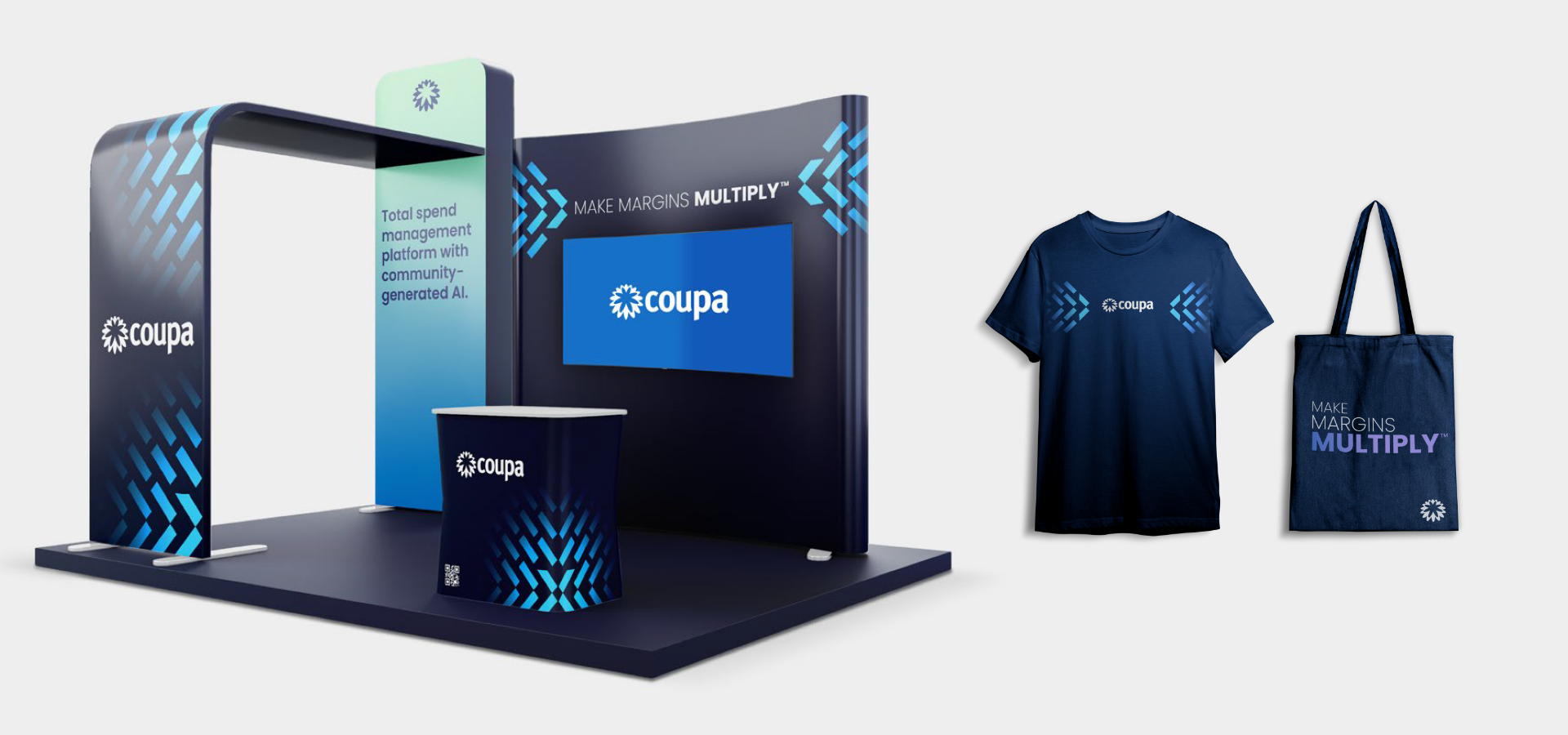
Interactive Screens and Touchpoints
Large touchscreens, tablets, and interactive kiosks offer visitors a hands-on way to explore your products or services. Whether it’s through self-guided presentations, videos, or product configurators, these tools put control in the attendee’s hands, making the experience more personal and impactful.
These tools also serve as a focal point for conversations. Sales teams can guide attendees through the experience while tailoring their pitch to specific interests, creating a more personalized and memorable interaction.
Data-Driven Lead Capture
Interactive content can seamlessly integrate with lead-capturing mechanisms. For example, AR experiences or games can encourage participants to provide their information in exchange for access to additional features or rewards. This approach makes lead generation feel less transactional and more like part of an engaging experience.
Beyond the trade show, the data collected can be used to personalize follow-up communications and nurture leads more effectively.
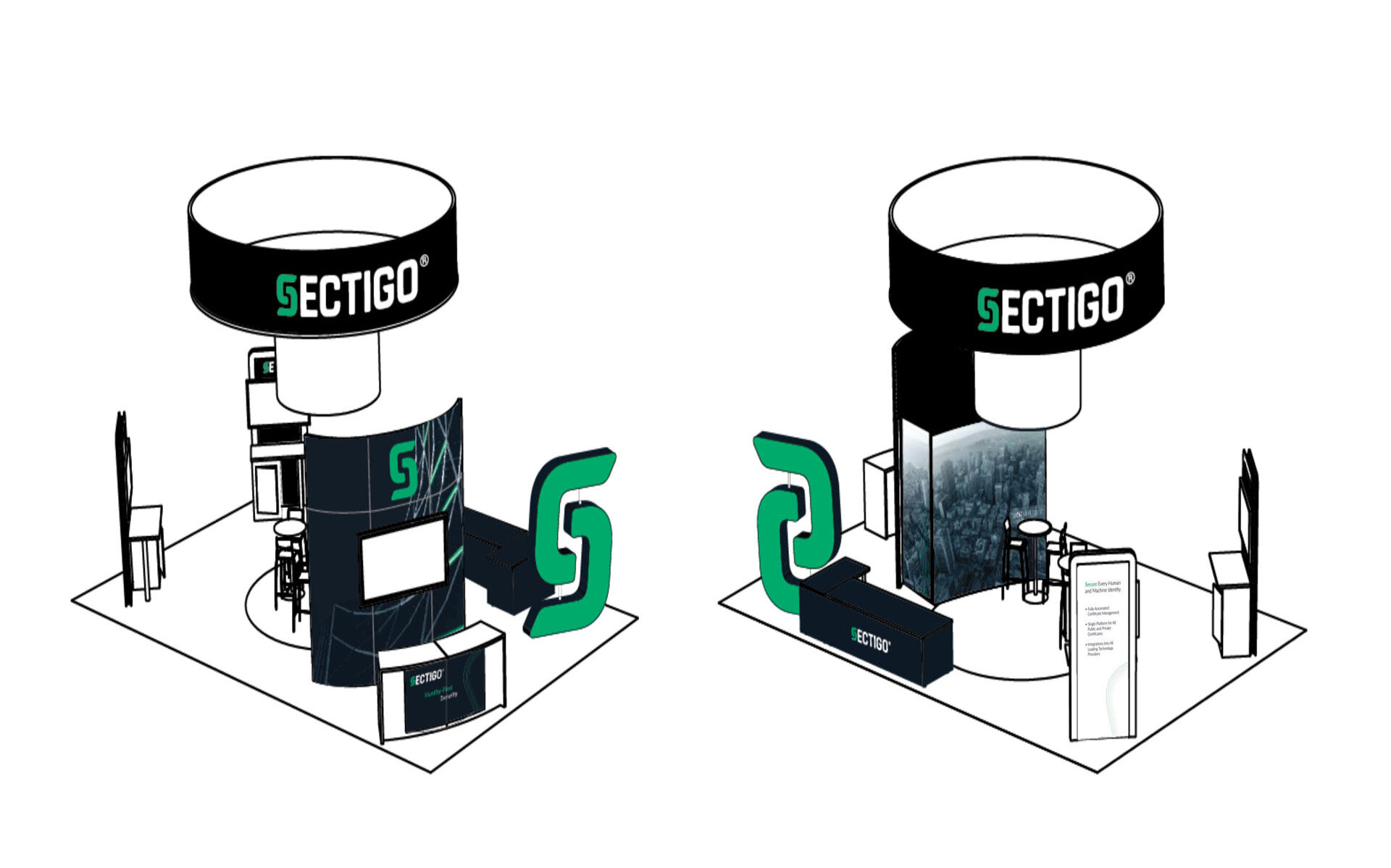
Post-Event Follow-Up with Content
The story doesn’t end when the trade show wraps up. Use the content and data gathered during the event to fuel post-event follow-ups. Send personalized thank-you messages, exclusive access to booth materials, or shareable content like photos and videos from your interactive activities. These touchpoints help keep your brand top of mind and reinforce the connections made during the event.
The Future of Trade Shows
Interactive content is no longer a nice-to-have—it’s a necessity for brands looking to differentiate themselves at trade shows. By embracing technologies like AR, fostering real-time engagement, and leveraging data insights, brands can create unforgettable experiences that drive meaningful connections and long-term value.
Want to elevate your trade show presence in 2025? Contact Bluetext today to learn how we can bring interactive content strategies to your next event and help you stand out from the crowd.